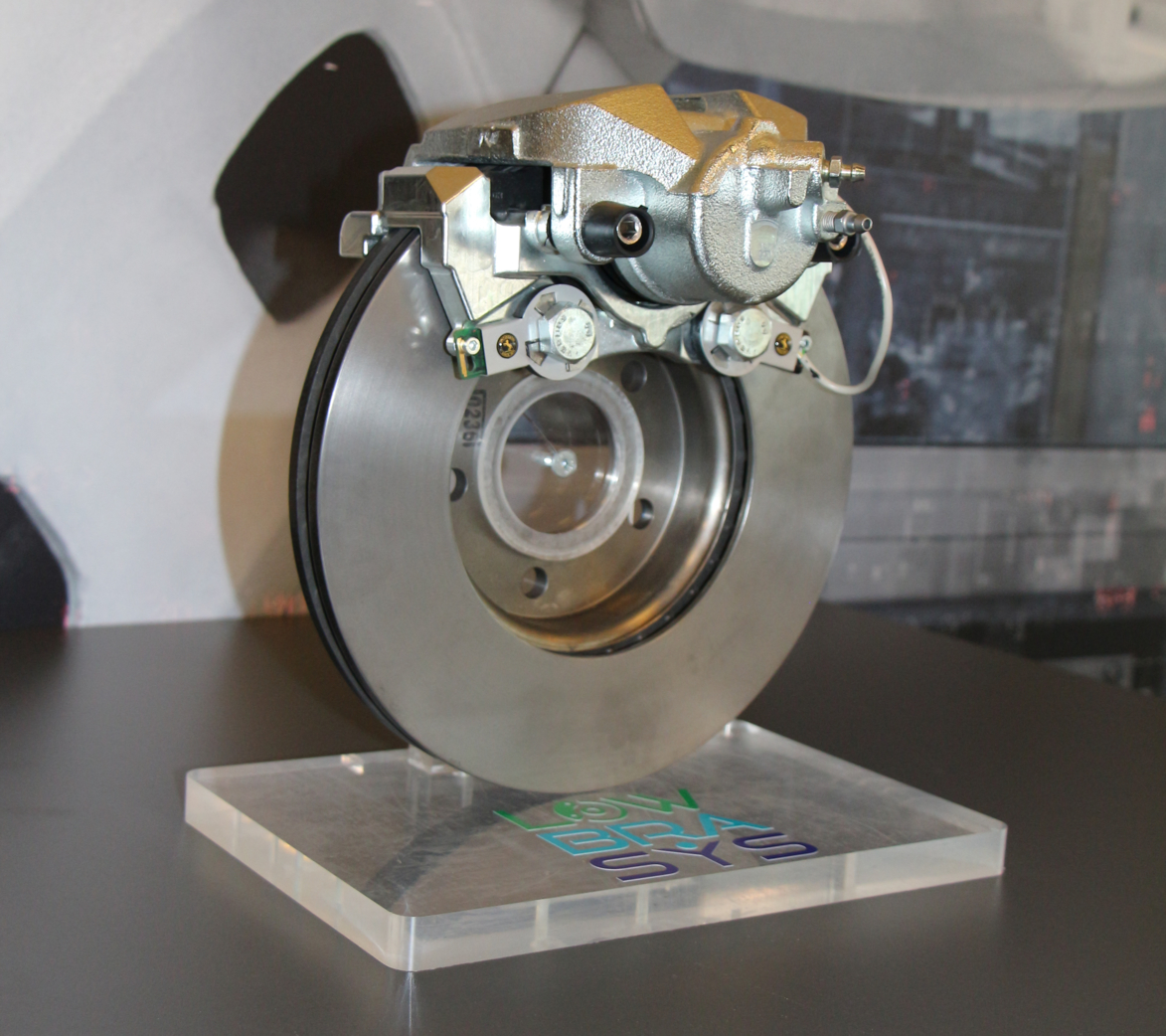
This project “Lowbrasys” is co-financed by the European Horizon 2020 programme and is coordinated by Brembo. It was initiated in September 2015 and has achieved all the goals that had been set out to reduce by half the emissions that can be produced while braking.

The Lowbrasys (the acronym for ‘a LOW environmental impact BRAke SYStem’) project has culminated today with the ‘Lowbrasys Project Final Event’ meeting. This project has been developed under the coordination of Brembo, headquartered at Kilometro Rosso Innovation District, in the north of Italy and aims to accelerate the research, development and validation of cleaner road transportation technologies.
The project started on 1st September 2015 as part of the call for ‘Mobility for Growth’ from the European Commission's Horizon 2020 programme. During the following 42 months, researchers and engineers with wide-ranging experience from different fields became involved. The project's overall cost totalled 9.5 million Euros, which includes 7 million Euros of European financing.
Brembo is a world leader in the design, development and production of braking systems and has taken the project forward with some of the most authoritative players in the automotive industry – Ford, Continental Teves, Federal Mogul, a SME, Flame Spray and with five of the most important research institutes and international universities: the Mario Negri institute which undertakes biomedical research and studies the impact of pollutants on the environment and health; the Technical University of Ostrava, the KTH Royal Institute of Technology of Stockholm, the University of Trento and the European Commission's Joint Research Centre. Kilometro Rosso is a Scientific and Technological Park tasked with promoting research, development and innovation through the interaction of multi-disciplinary ventures that support open innovation and cross fertilization. The park houses Brembo's headquarters and the Mario Negri Institute, which are two of the project's ten partners.
LOWBRASYS' GOALS
The project aims to halvethe particulate matter that is emitted while brakingand takes a technology neutral four-fold approach: new materials for brake discs and pads that offer an improved resistance to wear; systems that are capable of capturing the particles that are released intothe air while braking; intelligent mechatronic strategies that are capable of adapting the distribution of braking force across all four wheels; developing applications that allow the driver to monitor the brakingsystem, and at the same time encouragingmore eco-friendly and safe driving behaviour.
RESULTS ACHIEVED
The Lowbrasys team has reached the goals that have been set in the project.
A ceramic coating has been developed for the surface of brake discs and pads (presently discs aremade entirely of cast iron). Tests demonstrated the capability to reducetheamount of particles emitted by about 60-90% depending of the selected layouts and also limitingthe total mass of emitted particulate by between 10-30%.For series application further development steps need to be undertaken, as the project’s goals were of TRL7, or pre-competitive technical solution.
A braking strategy provided by software on board the vehicle allows a 40% reduction in the number of emitted particles and a 20% reduction in the overall particulate mass.
A capture system has been researched and found to reduce the number of emitted particles in a range between 15 -50% and reduce the emissions' massby 10–30%. This system will be fitted near the caliper and directstheflow ofparticles towards a filtering point. Initial results of the capture device look promisingand development for robust operation are stillcarried out.
An application that will soon be available for smartphones has been developed to monitor emissions. This will thereforeencourage a more conscious and eco-friendlydriving style,safe braking control. The project has shown potential emission reduction up to 30% thanks to the drivers’attitude.
Important environmental questions have been answered in the course of the project, and for the first time scientific reliableapproach has been implemented to assess the potential effects of particulate matter from brakes in real life conditions.
TheLowbrasys' complete set of low emission braking solutionsopens application possibilities for new carsand development work hasto be carried out by the industry to implement those onnew and aftermarketvehicles, moreover, all the results achieved by the project forma basisfor the development of new research paths.
Roberto Vavassori, Chief Business Development & Marketing Officer, Brembo SpA:“The Lowbrasys project proved to bean excellent example of fruitful cooperation betweenindustry, academia and research institutions. Our challenging target, which has been fully achieved, is now paving the way fora new set of braking products to be manufactured in Europe, thusincreasing the competitiveness of our respective countries in providing more ecofriendly,sustainable solutions for evolving mobility needs.I would like to thank the EU Commission for theirsupport and timeliness and express my gratitudeto all Lowbrasys members for their dedication and effectiveness.

Account Director
Beitrag teilen